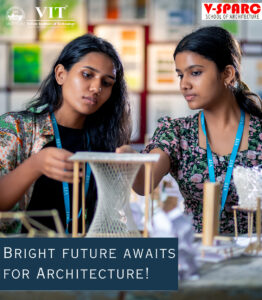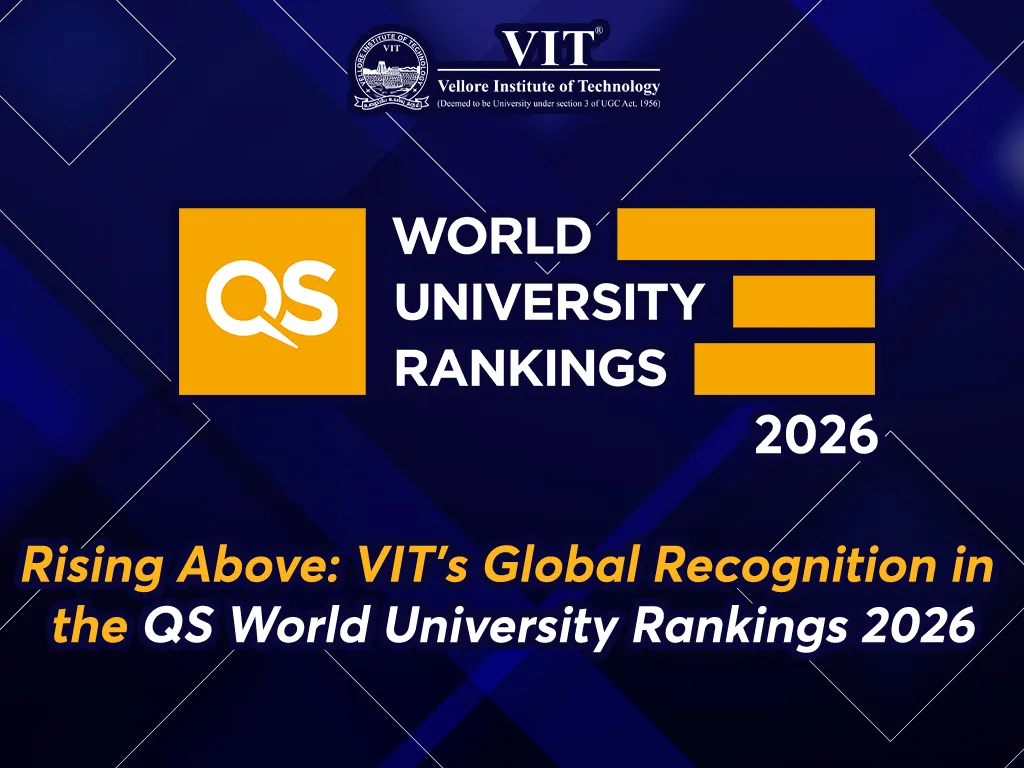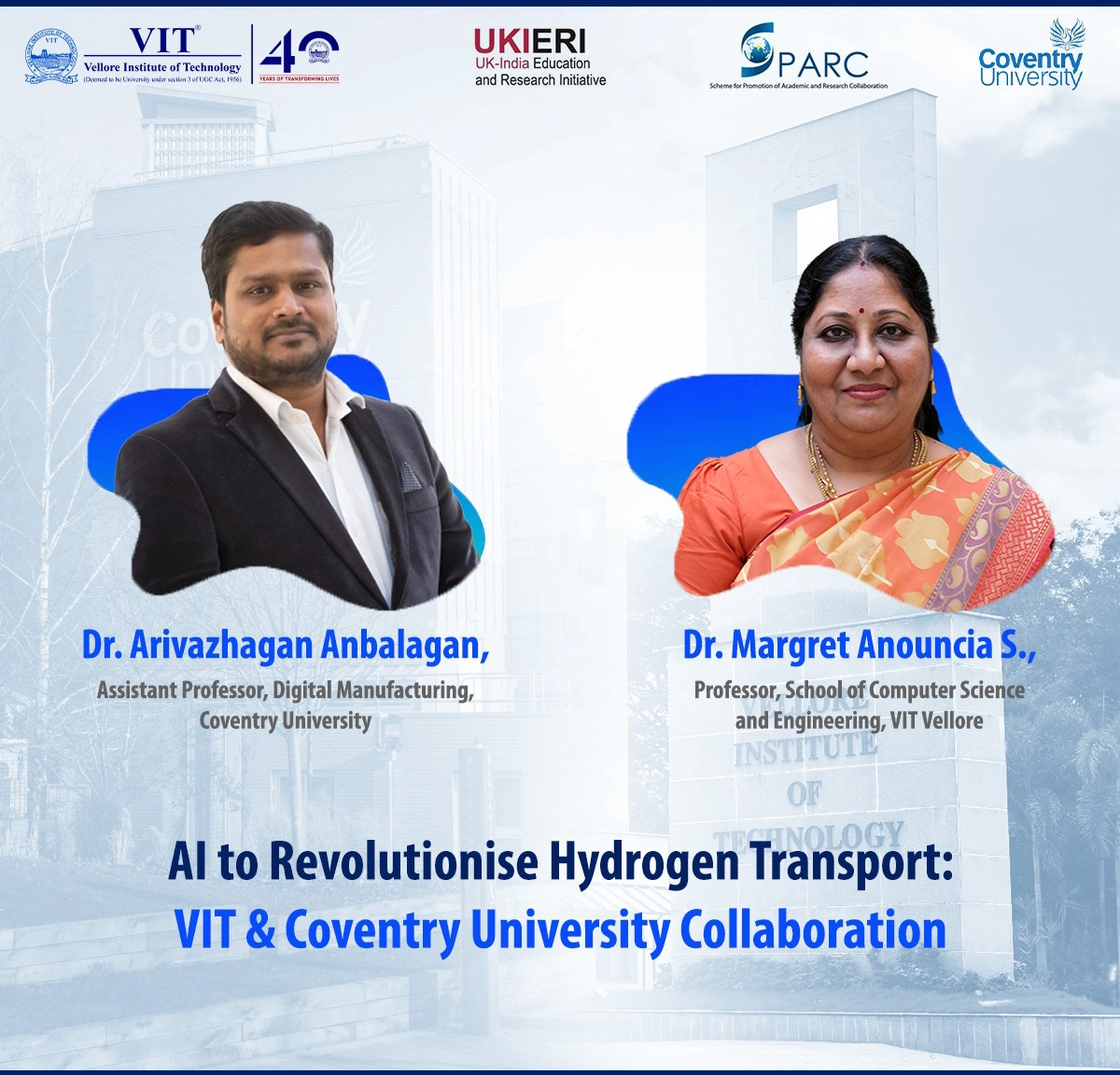Bright future awaits for Architecture!

The field of architecture is experiencing dynamic shifts, driven by technological advancements and evolving societal needs. As we step into a new era, the current trends in architecture as a career reflect a fusion of creativity and cutting-edge technology.
One prominent trend is the increasing integration of digital tools into the architectural design process. The advent of Building Information Modeling (BIM) has revolutionized how architects conceptualize and execute their ideas. BIM enables the creation of 3D models that encompass not only the physical aspects of a structure but also its functional and operational characteristics. This not only enhances collaboration among architects, engineers, and other stakeholders but also streamlines the overall design and construction process.
Furthermore, Virtual Reality (VR) and Augmented Reality (AR) have become integral components of architectural presentations. Architects now leverage VR to immerse clients and stakeholders in virtual walkthroughs of proposed designs, providing a more immersive and engaging experience. AR, on the other hand, overlays digital information onto the physical world, allowing architects to visualize designs within existing environments. These technologies not only facilitate better communication but also aid in refining designs based on real-time feedback.
The sustainability movement has also significantly influenced the architectural landscape. With a growing emphasis on eco-friendly practices, architects are integrating sustainable design principles into their projects. This includes the use of energy-efficient materials, green roofs, and innovative HVAC systems to reduce a building’s environmental impact. The demand for sustainable architecture has created a niche for professionals specializing in green building design, opening up new career opportunities in the industry.
In addition to sustainability, the concept of smart cities has gained traction, contributing to the evolution of architectural practices. The incorporation of Internet of Things (IoT) devices and sensors into urban infrastructure allows architects to design spaces that are not only environmentally conscious but also technologically interconnected. Smart buildings with automated systems for lighting, heating, and security are becoming more prevalent, reflecting the increasing synergy between architecture and the digital realm.
Artificial Intelligence (AI) is making waves in architecture by optimizing design processes and generating innovative solutions. AI algorithms analyze vast datasets to inform design decisions, offering architects insights into spatial configurations, structural stability, and material efficiency. This not only expedites the design phase but also enables architects to explore a multitude of design possibilities, pushing the boundaries of creativity.
The rise of parametric design is another notable trend reshaping the architectural landscape. Parametric design involves using algorithms to create complex, adaptive structures based on predefined parameters. Architects can manipulate these parameters to generate a myriad of design iterations, fostering a more iterative and explorative design process. This approach not only enhances efficiency but also encourages architects to push the boundaries of conventional aesthetics.
In conclusion, the current trends in architecture as a career are marked by a harmonious blend of creativity and technological innovation. The digital breakthroughs, including BIM, VR, AR, AI, and parametric design, have become indispensable tools for architects, shaping the way they conceptualize, present, and execute designs. As sustainability and smart city concepts gain prominence, architects find themselves at the forefront of creating environmentally conscious and technologically integrated spaces, paving the way for a dynamic and exciting future in the field of architecture.
-
Dr. Madhumathi A
Director
School of Architecture (V-SPARC),
Vellore Institute of Technology,
Vellore






